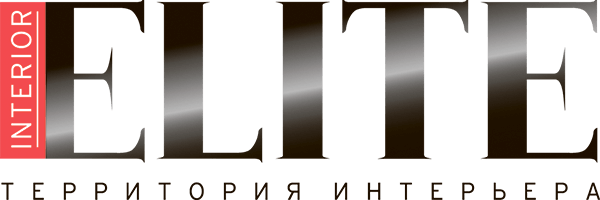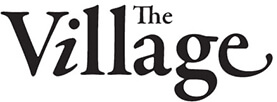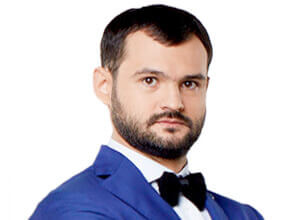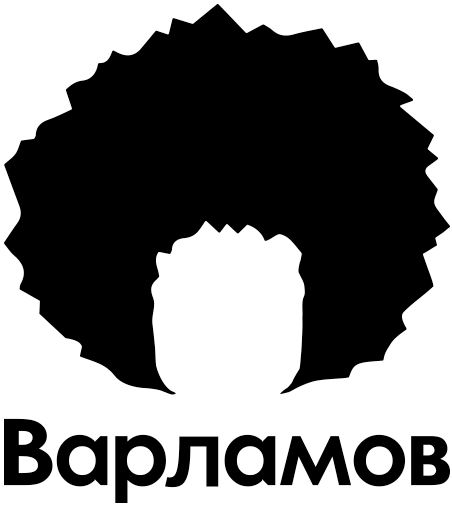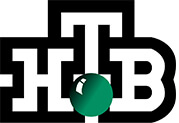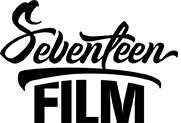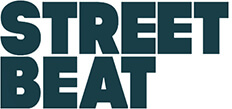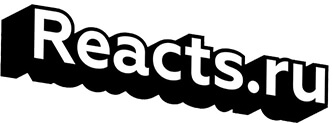
«Pine» – eco-studio 50 m² in the centre of Moscow
The owners of the Mama Ro Apartments have previously shared the secret behind creating their fantastically stylish studios in the center of Moscow. We have already told you about the Bauhaus, Jazz and Moscow studios. Now, our attention is drawn to the bright and innovative Pine studio. Anton Kozlov tells us about the studio’s genesis and hidden features.

The Pine studio looks very unusual! It feels like an apartment of the future: light, innovative, but at the same time with very natural elements. How did you start creating the studio?
With a trip to the forest. In October 2013, Tolya and me (Anatoly Smirnov – the author of the “Jazz” studio) went far outside of Moscow in our old Land Rover to choose pine trees for the interior. I believed that the studio’s design would become clear if we got several pine crowns. I wanted to have them as a starting point – then nature would lead us and show us the steps of our work. Of course, the space put limitations on us: the area, the complexity of transporting 2-ton crowns to the center of Moscow. But when you are dealing with such an inspiring material, everything is possible. At first, I drew up a space with five zones, with the crowns that I chose in the woods: kitchen, living room, bedroom, library and shower. I was most fascinated by the idea of putting the branched crowns inside the room– as in contrast – a strict geometrical shape, which later became a bedroom and a library. It also works as a metaphor of a tree house where you can watch movies and read good books.

The furniture in the apartment is really fascinating. How did you create it? Would it be expensive to furnish an apartment the same way?
I was at a tree felling and got fascinated by a pattern of growth rings at the base of one of the felled pines. At the felling, we pulled a trunk by a towbar closer to us, sawed off the base and took it to a local sawmill, which cut the base into 8 5cm thick pieces. This is how the idea of a kitchen table and chairs arose. The bookstands were even more of an experiment. In the beginning, we were planning to do traditional bookshelves, but then we began to improvise. The dancing lines of pine branches inspired us.
As for the furniture’s price, obviously any custom piece is going to be expensive. We were lucky though; our friend agreed to build the furniture at cost.

In the Bauhaus studio, which we wrote about earlier, one of the two beds is located on the second floor. The Pine studio has as similar arrangement, in that the bed is located right under the ceiling. But, you decided not to do a second bed; is it because the sofa is meant to serve as the second bed?
Yes, two more people can also sleep on the couch. We had a very childlike approach to making this studio, as so we obviously thought about how kids would interact with the space. Just imagine a family with children in the studio. The children are watching movies on the second floor, playing PlayStation, looking through comics and albums. Meanwhile, downstairs the parents are using a separate projector, TV, stereo system, iPad and so on.

The bathroom walls in the studio appear to be transparent, but in one of the photos the windows are frosted. Why is that?
The bathroom walls in the studio are made of smart glass, which changes its optical properties when electricity runs through it (from frosted to transparent). The projection screen on the second layer is made of this kind of glass as well. When the projector is on, the glass turns into a large frosted screen. We chose smart glass for these walls on purpose. It was important to be able to observe the vertical lines of the pine branches from any angle anywhere in the studio. Additionally, we deliberately made the glass from optiwhite (extra clear glass with very high light transmission) – ordinary glass would go green, thus, visually “cut” the pines.

What was the most difficult for you in terms of design of this studio and what do you like the most?
Light-books. This is the answer to both of your questions. One day during construction work, Volodya (Volodya Nizovtsev – another one of MamaRo’s co-founders, designer of the ”Bauhaus” studio) showed me an installation of a certain Asian artist. The artist created light boxes in the shape of book covers, which reminded me of Tokyo’s night lights. I really liked this idea, but instead of the artist’s hollow boxes, I wanted to fill them in with real books. As a result, we took a book, scanned its cover, transferred it into a vector, ordered plexiglass, applied an image of the book cover to it with a help of laser, heated it with a heat gun and carefully “wrapped ” the book in the cover we made. Then, we cut slots in the branches, in which we put RGB-LED tape. Then, we put the plexiglass covers in the slots and fastened them with an epoxy resin.

To top it all, this genius electrician, Yegor Ognerubov, created a program that gradually changes the color of the book covers. It is truly magical. Books, scattered on the pines, gently shimmering. We even installed a step-ladder so that guests can collect them as apples from the branches.
But, the reason I love this element of the studio the most is because inside of these “light books” are real books; any visitor can get one and travel to its world. And many worlds there are: from the trips of Zosima and Savvatiy to the Solovetsky Islands to Mario Llosa’s novels, from Murakami to Matsuo Basho, and from Avva Dorotheus to the Adventires of TinTin.

